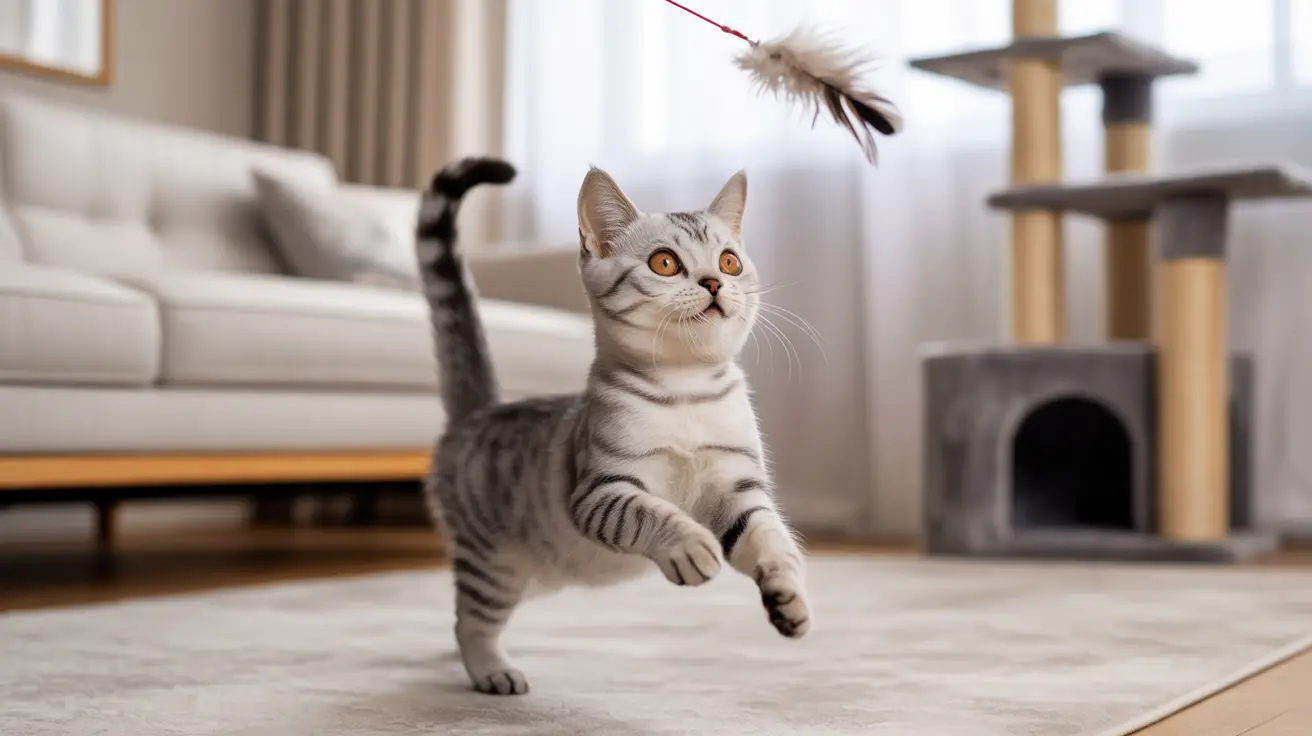Understanding the Leading Cause of Death in Pomeranians
When evaluating the risks associated with owning a beloved pet like the Pomeranian, it's crucial to understand the most serious health threats they face. Among the various causes, trauma stands out as the leading cause of death in Pomeranian puppies and a significant one in adult dogs.
Why Trauma Is the #1 Killer
The popularity of Pomeranians is due in part to their compact size, lively personality, and appealing appearance. However, their small stature—typically weighing just 3–7 pounds—makes them more vulnerable to accidents. This fragility accounts for the prominence of trauma-related fatalities in the breed.
Common life-threatening accidents include:
- Being dropped by a person
- Getting stepped on accidentally
- Being hit by a vehicle
- Escaping outdoors without supervision
- Rough play with larger animals
Even a seemingly minor incident can have fatal consequences for such a tiny dog. Their delicate bones and internal organs are not as resilient as those in larger breeds. This increased vulnerability means that constant vigilance and gentle handling are essential for their wellbeing.
Preventive Measures to Reduce Trauma Risk
Fortunately, many of the incidents that lead to trauma-related fatalities are preventable with responsible practices and environmental safeguards:
- Always supervise your Pomeranian, especially around young children or larger pets.
- Use a secure harness and leash during outdoor walks.
- Puppy-proof your home by removing fall hazards and securing escape routes.
- Elevate pet beds and furniture access with ramps or steps to prevent jumping injuries.
- Train family members and visitors to be careful around your small dog.
Other Health Concerns
While trauma tops the list, several other health conditions affect Pomeranian life expectancy:
- Gastrointestinal diseases – such as pancreatitis and inflammatory bowel disease
- Infections – parvovirus, distemper, and other preventable illnesses
- Tracheal collapse – leading to breathing difficulties
- Patellar luxation – a common orthopedic condition
- Dental diseases – due to crowded teeth in their small mouths
While most of these can be managed or prevented with proper care, trauma usually occurs suddenly and with little warning—making it particularly tragic.
How to Promote Lifelong Health
To help your Pomeranian live a full and healthy life, adopt the following care practices:
- Ensure regular veterinary checkups for early detection of medical issues.
- Feed a high-quality, age-appropriate diet in measured portions to avoid obesity.
- Engage in daily exercise and mental stimulation through walks and interactive play.
- Maintain excellent dental hygiene with brushing, dental chews, and vet cleanings.
- Groom regularly to keep the coat healthy and spot any abnormalities early.
Additionally, keep your home safe and stress-free. Avoid exposure to very young children who may not yet handle small pets safely, and make sure outdoor time is well supervised.
Senior Pomeranian Care
As Pomeranians age, mobility, and health may decline. Adapting your care approach is essential:
- Adjust exercise routines to lower-impact activities
- Offer orthopedic bedding and remove climbing challenges
- Increase vet visits to monitor emerging health risks
- Consider dietary adjustments recommended by your vet for aging dogs
With proactive, knowledgeable care, many Pomeranians thrive well into their teens, and some even reach and surpass 20 years of age. Trauma is one risk that can be greatly minimized with attentive ownership.
Conclusion
While Pomeranians are generally healthy and long-lived, their most significant threat comes from the physical trauma associated with their tiny size. This makes it vital for pet owners to provide a secure, attentive, and well-informed home environment. Through gentle handling, thorough training, and situational awareness, many of these tragic accidents can be avoided—ensuring a longer, happier life for your furry companion.





